A University of Adelaide-led research project will study the clinical data of koalas injured in last summer’s devastating bushfires to give them the best possible chance of survival and recovery in future bushfires.
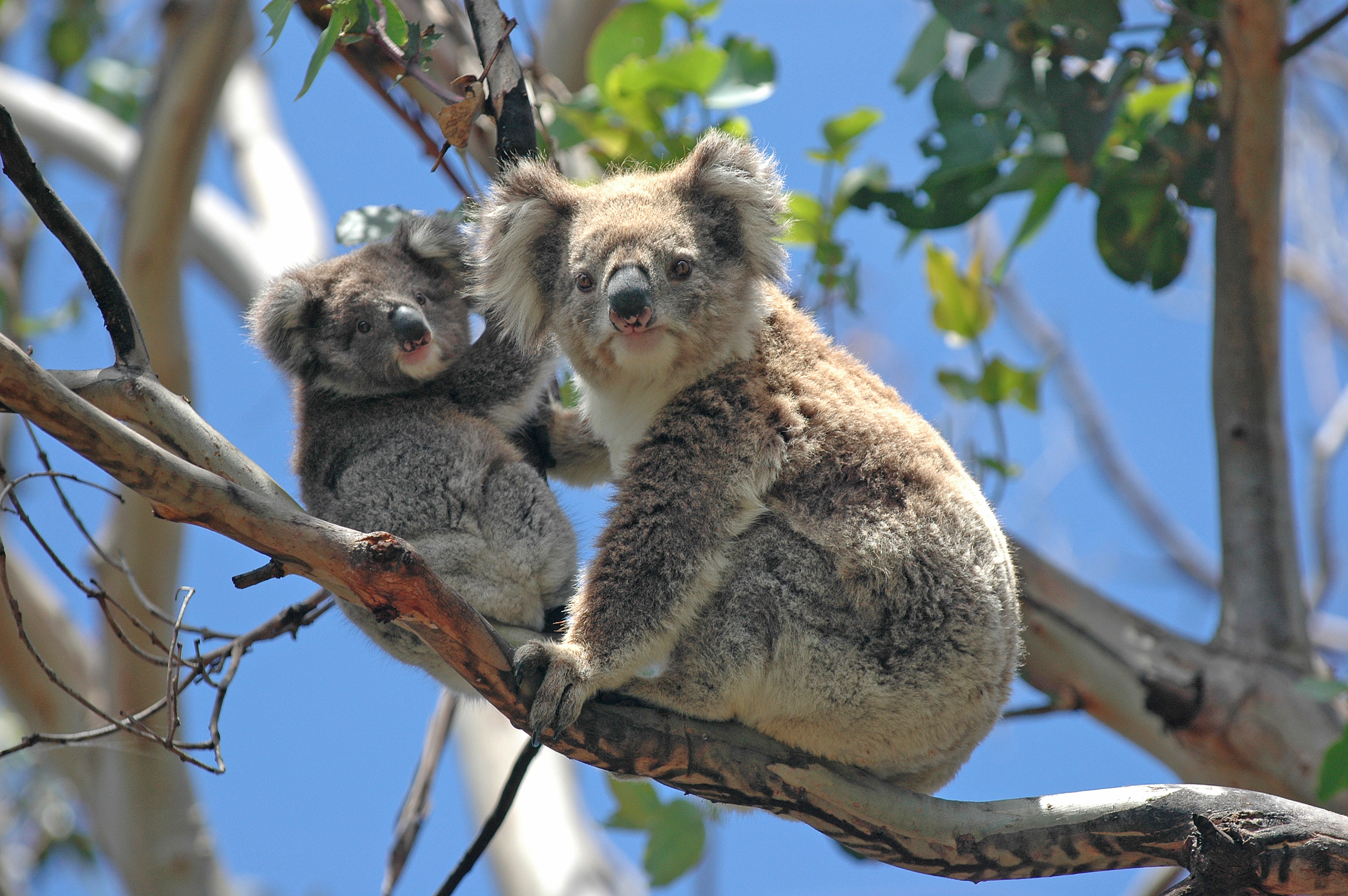
news, journals and articles from all over the world.

A University of Adelaide-led research project will study the clinical data of koalas injured in last summer’s devastating bushfires to give them the best possible chance of survival and recovery in future bushfires.
New Brunswick, N.J. (Oct. 7, 2020) – With deer breeding season underway, Kathleen Kerwin, a wildlife expert at Rutgers University–New Brunswick, is available for interviews on defensive driving to avoid wildlife-vehicle collisions, what to do if you see wildlife crossing…
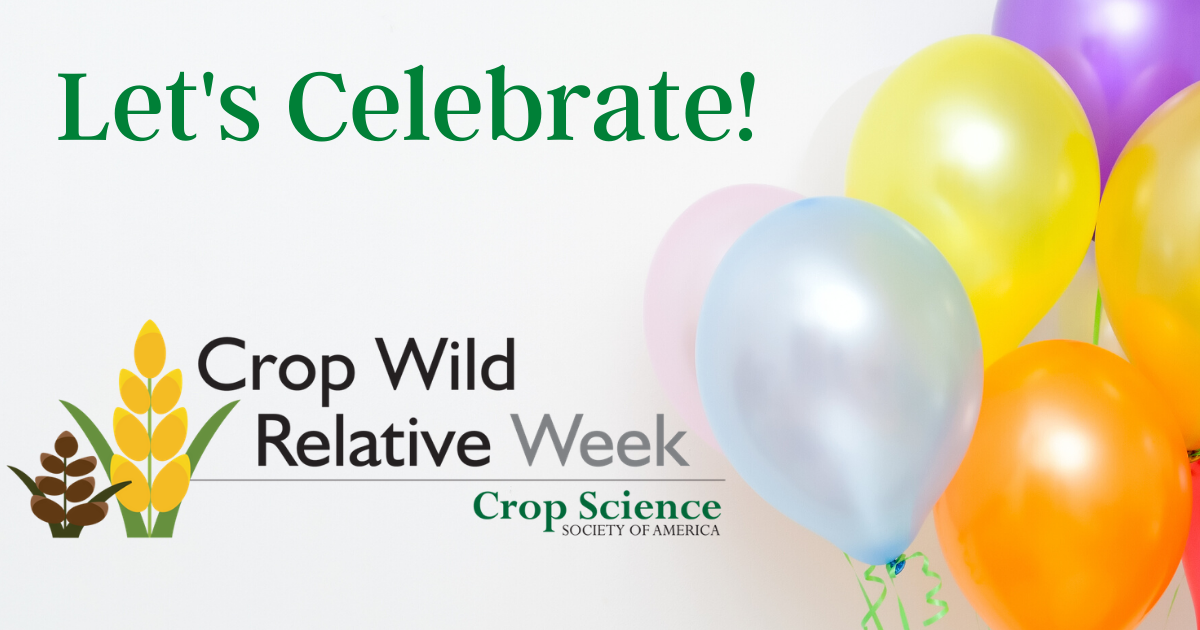
“wild and weedy” kin often have desirable traits valuable for today’s breeders
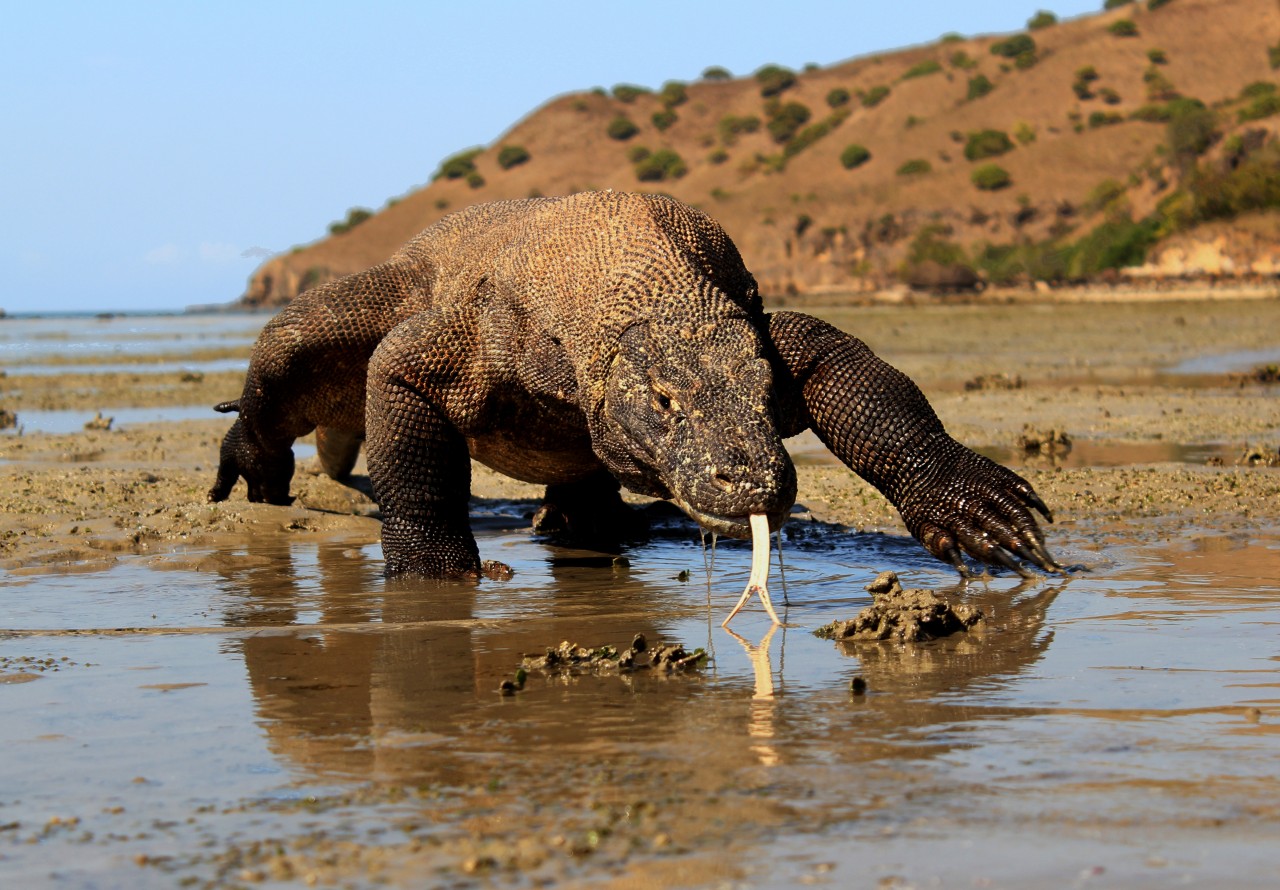
The world’s largest lizard, the Komodo dragon, could be driven to extinction by climate change unless significant measures to intervene are taken soon.
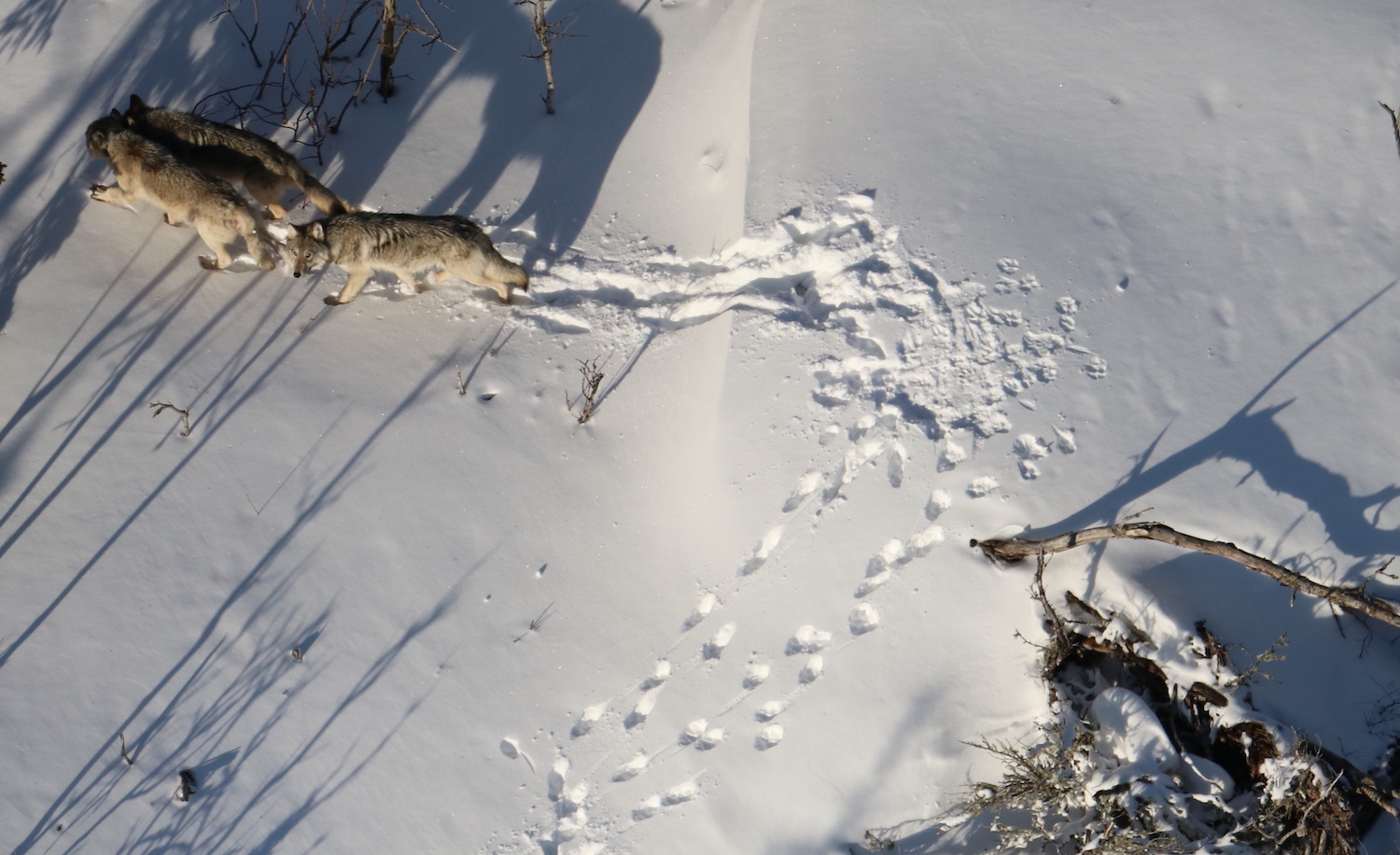
There are at least 12 wolves on the island and an estimated 1,876 moose. Twenty-five moose were outfitted with GPS-enabled radio collars this year.

FAU’s Harbor Branch Oceanographic Institute has landed an $11,179,001 four-year contract from the U.S. Office of Naval Research to develop a next-generation, high-intake, compact, bathyphotometer sensor for natural oceanic bioluminescence assessments. Bioluminescent creatures are found throughout marine habitats and their “glowing” energy released from chemical reactions is used to warn or evade predators, lure or detect prey and communicate with the same species. Research surrounding bioluminescence will soon serve as an important tool to protect U.S. coastlines.
Irvine, Calif., Sept. 10, 2020 – Through concerted, policy-driven efforts, China has converted large swaths of desert into grassland over the past few decades, but this success has come at a cost. In a study published recently in Nature Sustainability, scientists at the University of California, Irvine report that the Asian nation’s environmental reclamation programs have substantially diminished terrestrially stored water.
Scientists have detected signs of a frog listed extinct and not seen since 1968, using an innovative technique to locate declining and missing species in two regions of Brazil.
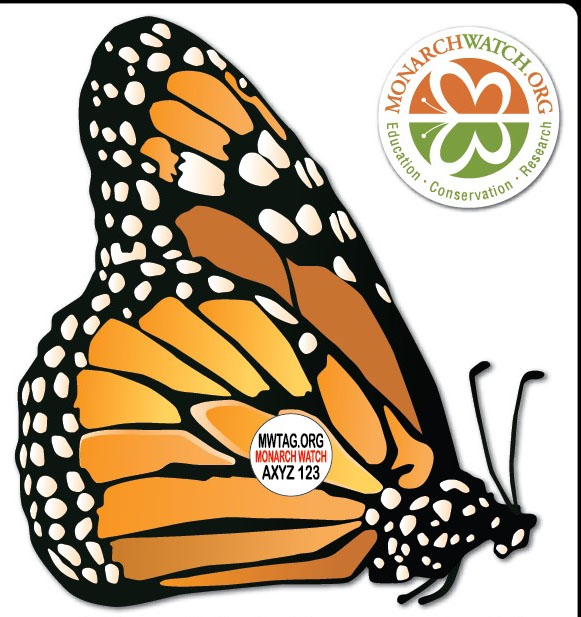
A recently published study presents evidence that the migration success of monarchs hasn’t declined in recent years and thus cannot explain the steep decline in the monarch population over the last few decades. The study drew on data collected on 1.4 million monarch butterflies that were tagged in the United States Midwest from 1998 to 2015 and emphasizes the need for new monarch habitat.
In uncertain times, it makes sense to manage risk in your endeavors — whether it’s investing in money-making opportunities or deciding where to lay your eggs. Brood parasites are birds that are known to lay their eggs in other birds’ nests. Cowbirds and cuckoos are among the most famous examples of this group.

Scientists have been warning about an “insect apocalypse” in recent years, noting sharp declines in specific areas — particularly in Europe. A new study shows these warnings may have been exaggerated and are not representative of what’s happening to insects on a larger scale.

Researchers at the University of Chicago found that some commercially-bred monarch butterflies appear to be capable of migrating south, while wild-derived monarch butterflies raised in a closed greenhouse are worse at migrating south than their outdoor-raised counterparts.
The first landmark study using next-generation technology to comprehensively examine contaminants in oysters in Myanmar reveals alarming findings: the widespread presence of human bacterial pathogens and human-derived microdebris materials, including plastics, kerosene, paint, talc and milk supplement powders.
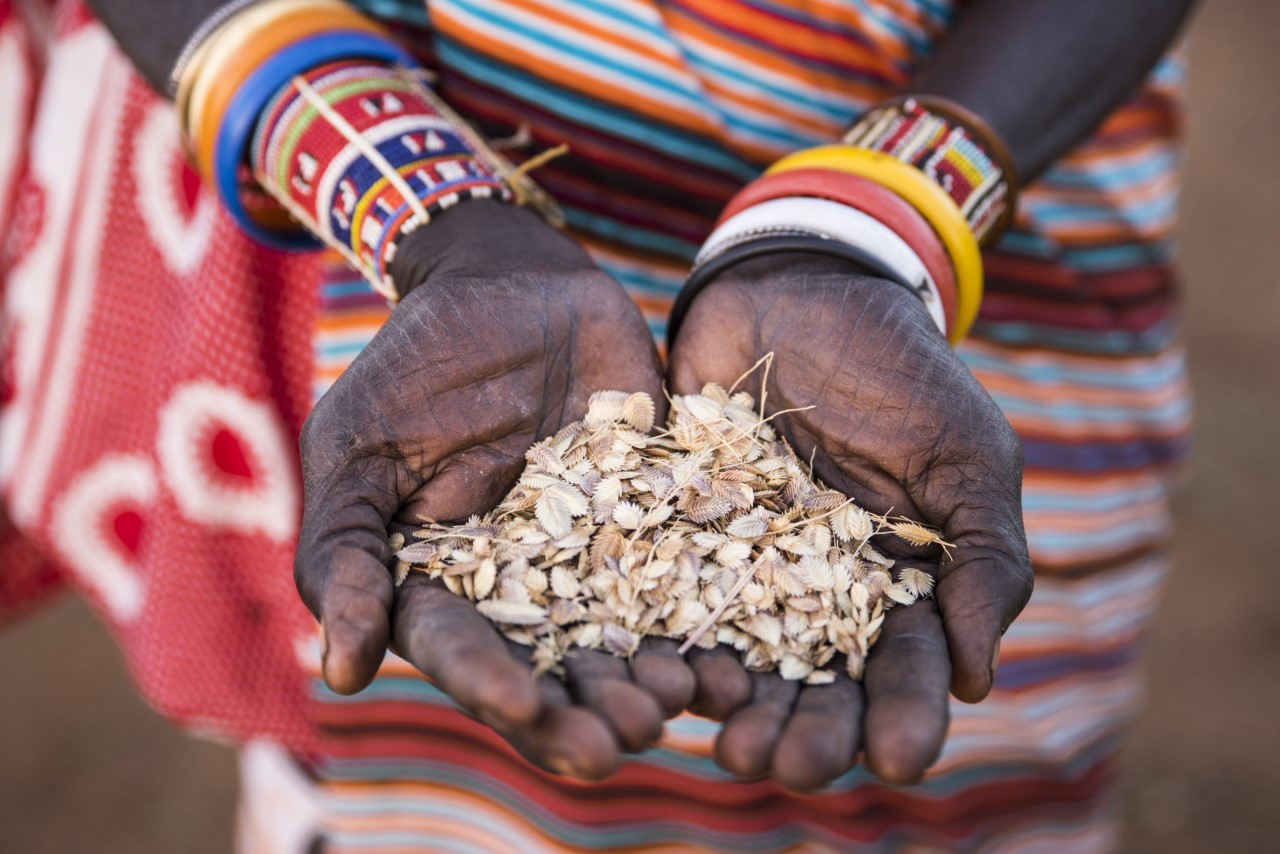
Grassroots knowledge from indigenous people can help to map and monitor ecological changes and improve scientific studies, according to Rutgers-led research. The study, published in the Journal of Applied Ecology, shows the importance of indigenous and local knowledge for monitoring ecosystem changes and managing ecosystems. The team collected more than 300 indicators developed by indigenous people to monitor ecosystem change, and most revealed negative trends, such as increased invasive species or changes in the health of wild animals. Such local knowledge influences decisions about where and how to hunt, benefits ecosystem management and is important for scientific monitoring at a global scale.
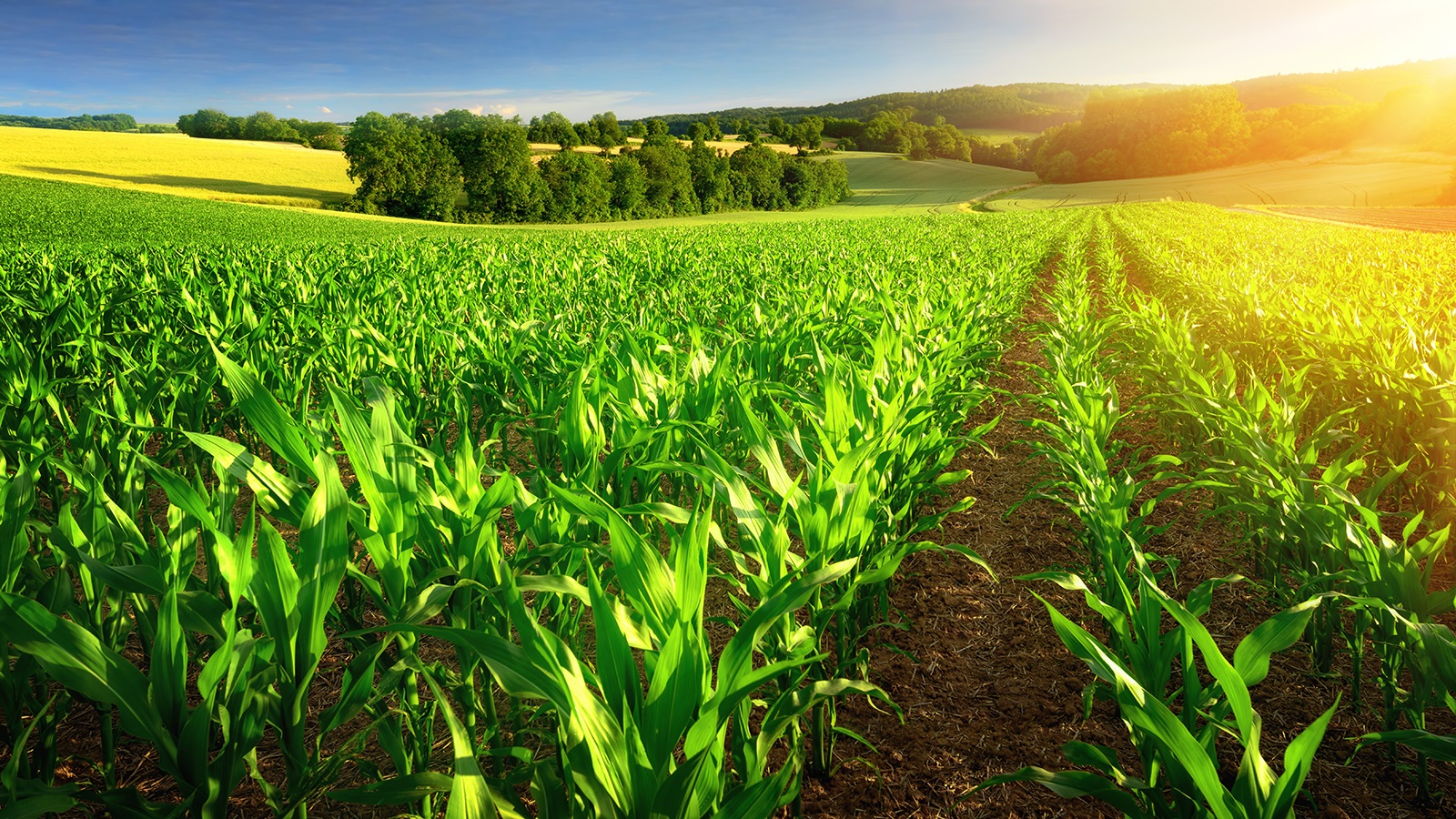
Scientists study how sustainable farming practices could reduce emissions.
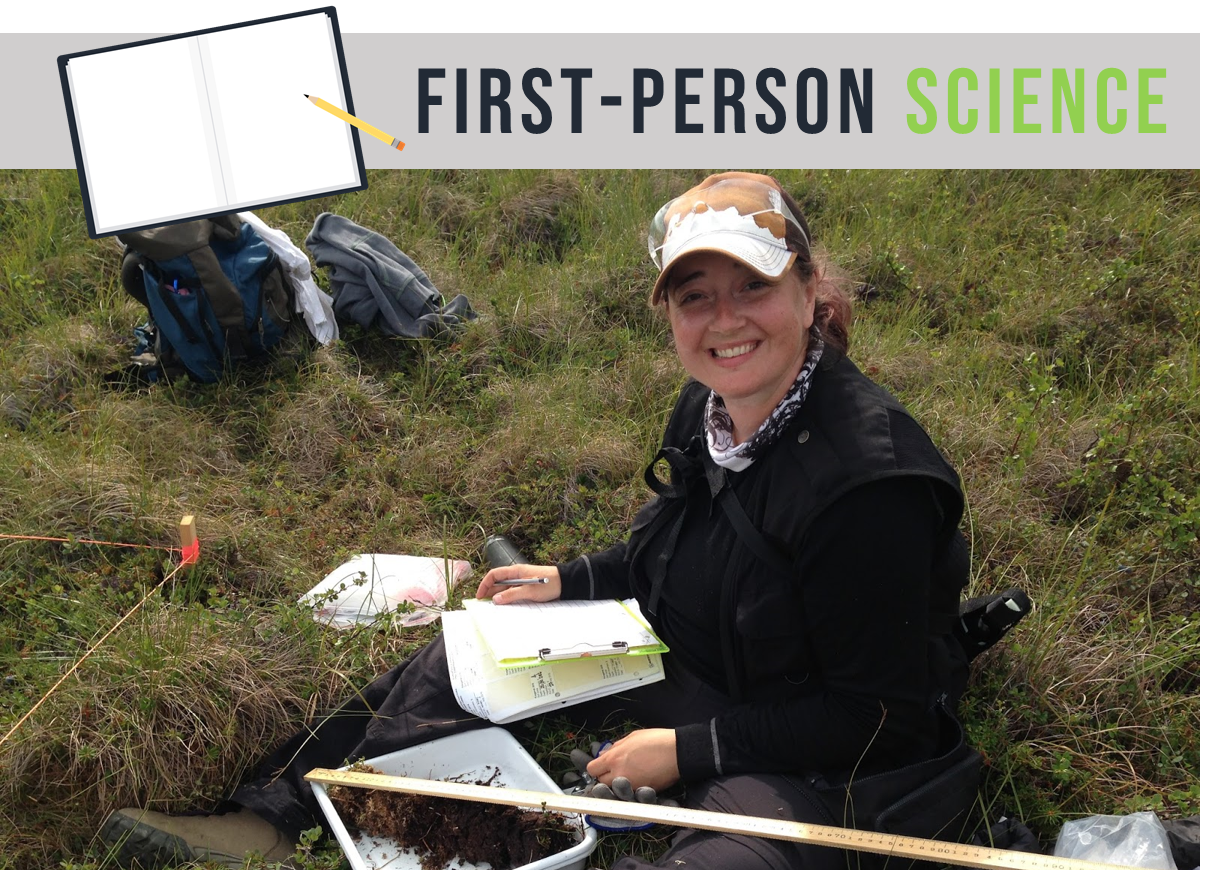
After working on a climate change experiment that showed plants adapt to additional carbon dioxide by putting extra carbon into their roots, Colleen Iverson has been on a mission to understand the role of roots in the environment, especially the tundra.
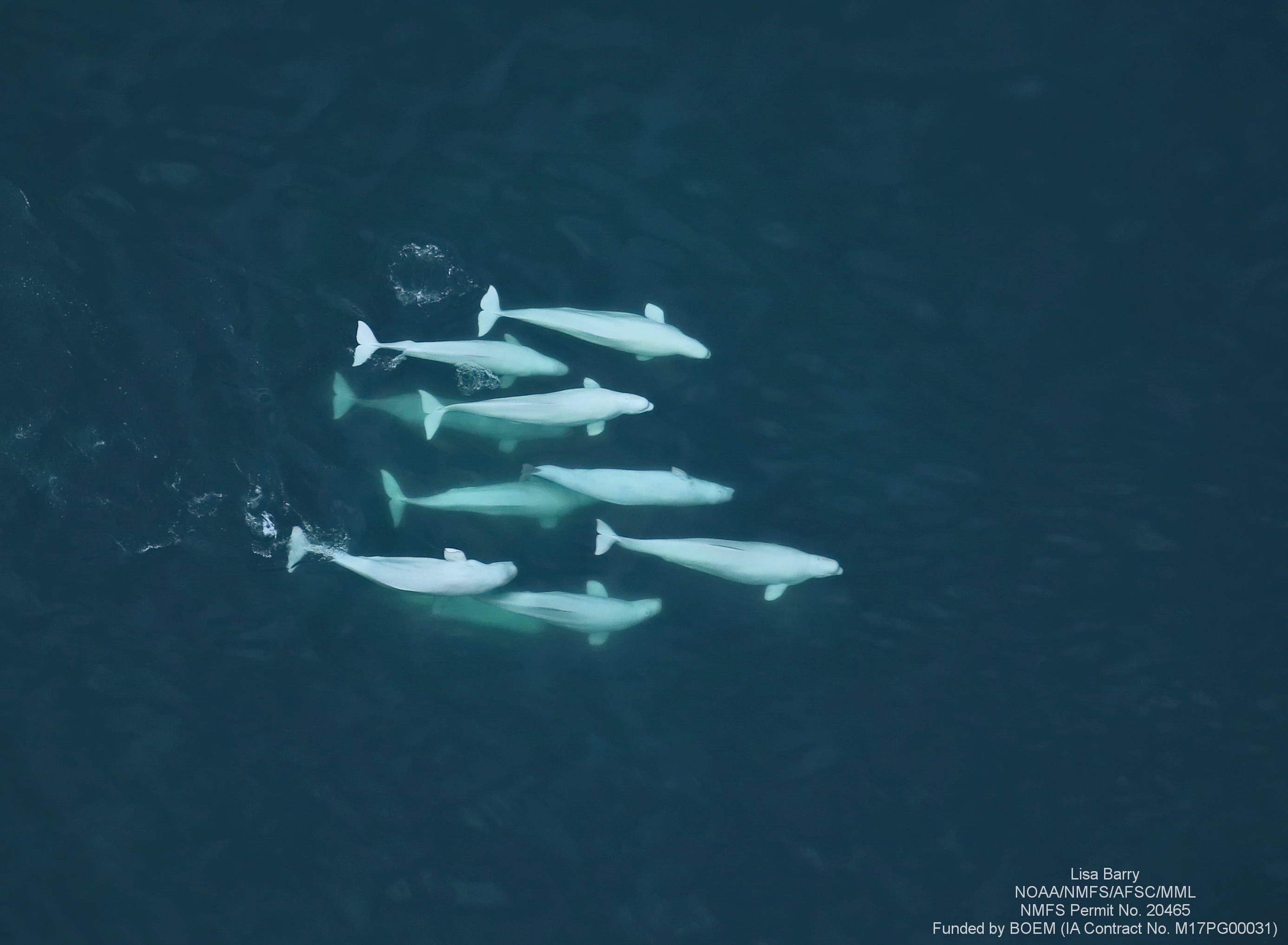
A groundbreaking study is the first to analyze the relationship between group behaviors, group type, group dynamics, and kinship of beluga whales in 10 locations across the Arctic. Results show that not only do beluga whales regularly interact with close kin, including close maternal kin, they also frequently associate with more distantly related and unrelated individuals. Findings will improve the understanding of why some species are social, how individuals learn from group members and how animal cultures emerge.
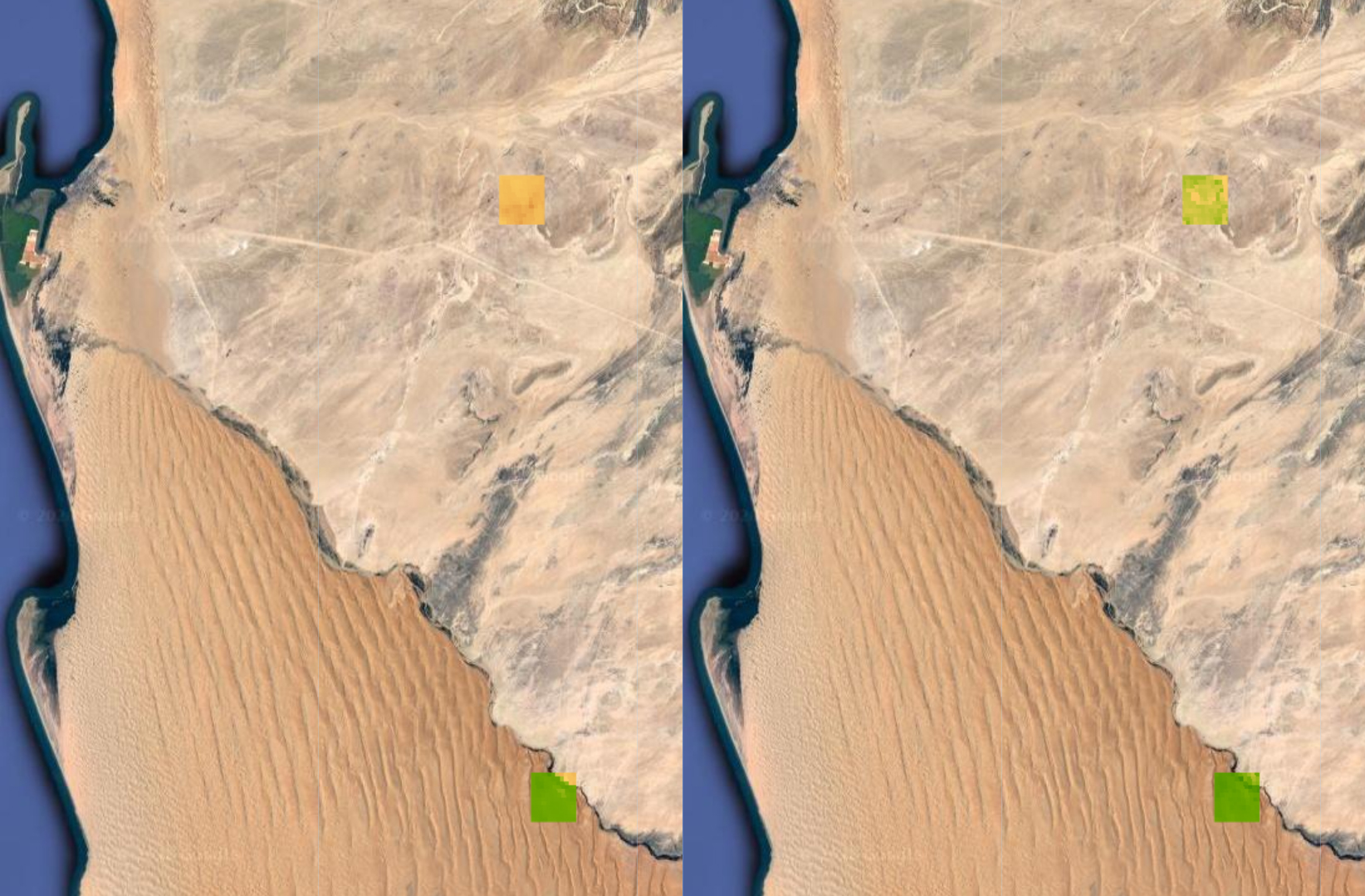
A study led by ecohydrologists at IUPUI is the first to show it’s possible to use satellite data to understand how fog reduction from climate change is harming vegetation in ecologically rare regions.
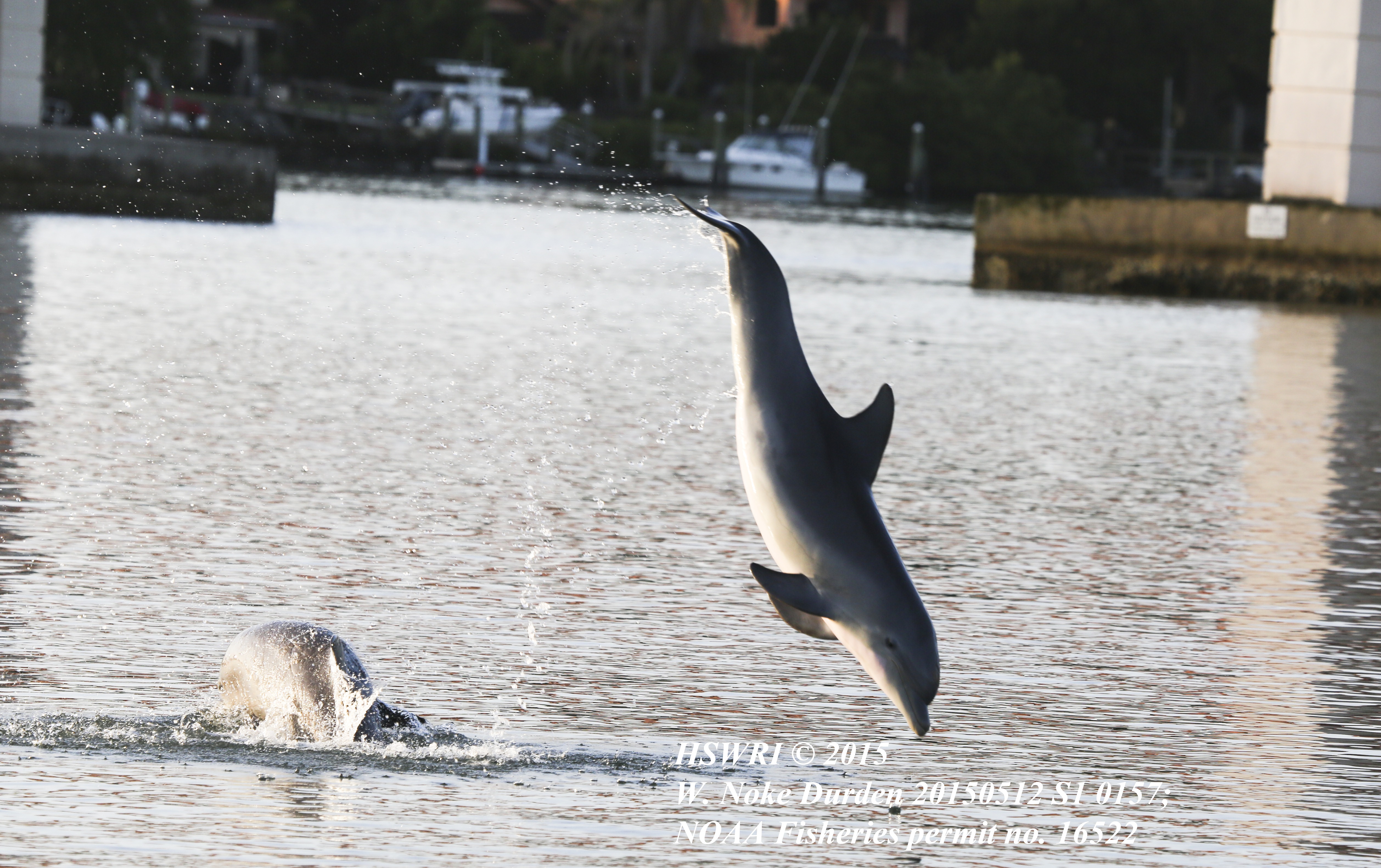
More than 1,000 bottlenose dolphins live in Florida’s Indian River Lagoon year-round. Although extensively studied, what they do at nighttime is still a mystery. Using satellite telemetry, scientists provide the first documentation that these dolphins have a larger range that encompasses more habitats than previously thought. They regularly leave the brackish waters of the estuarine system and, not only travel into the ocean, but swim substantial distances – up to 20 kilometers – up freshwater rivers, creeks, and canals.
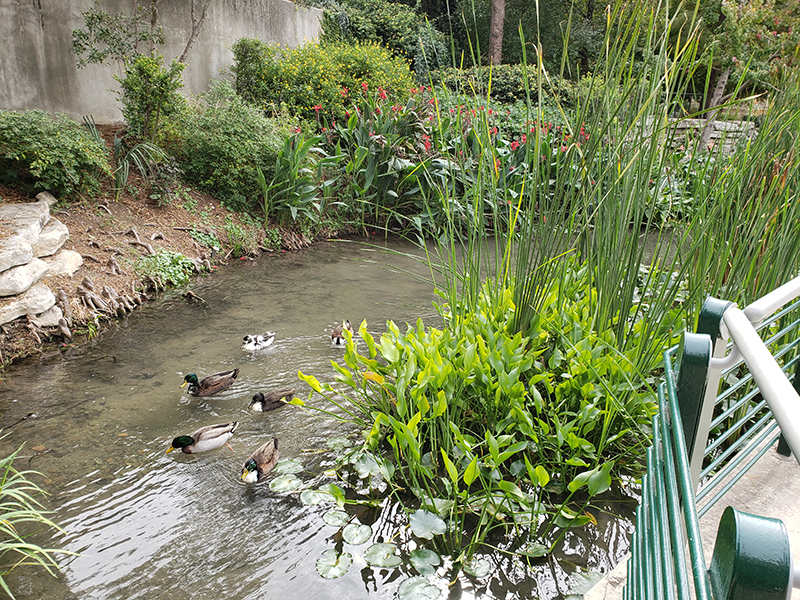
Restoration projects bring back the ecological and societal benefits of wetland ecosystems

Glass frogs are well known for their see-through skin but, until now, the reason for this curious feature has received no experimental attention.
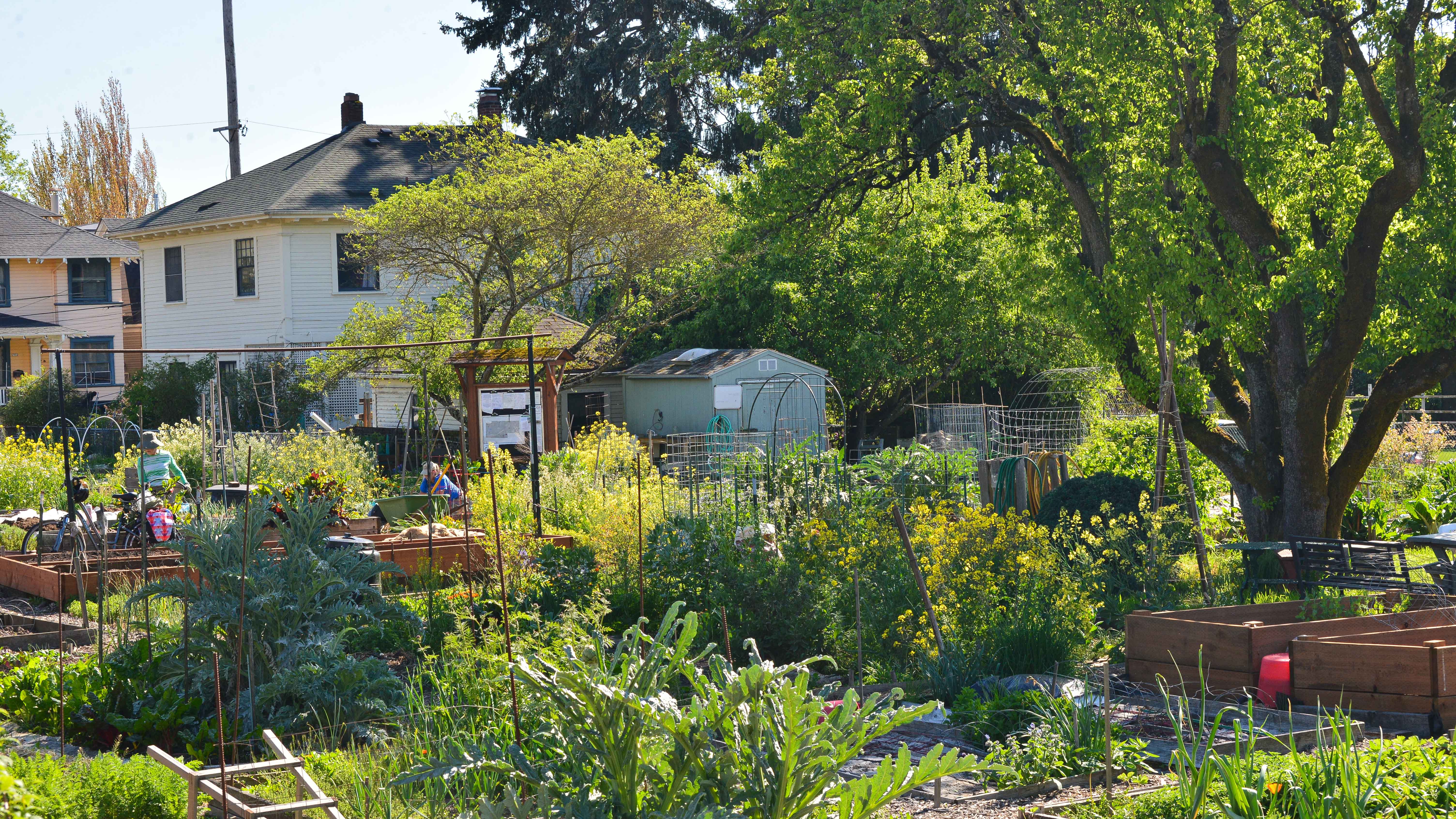
A research team led by the University of Adelaide has found that revegetation of green spaces within cities can improve soil microbiota diversity towards a more natural, biodiverse state, which has been linked to human health benefits.
In the study, published in the journal Restoration Ecology, researchers compared the composition of a variety of urban green space vegetation types of varying levels of vegetation diversity, including lawns, vacant lots, parklands, revegetated woodlands and remnant woodlands within the City of Playford Council area in South Australia.
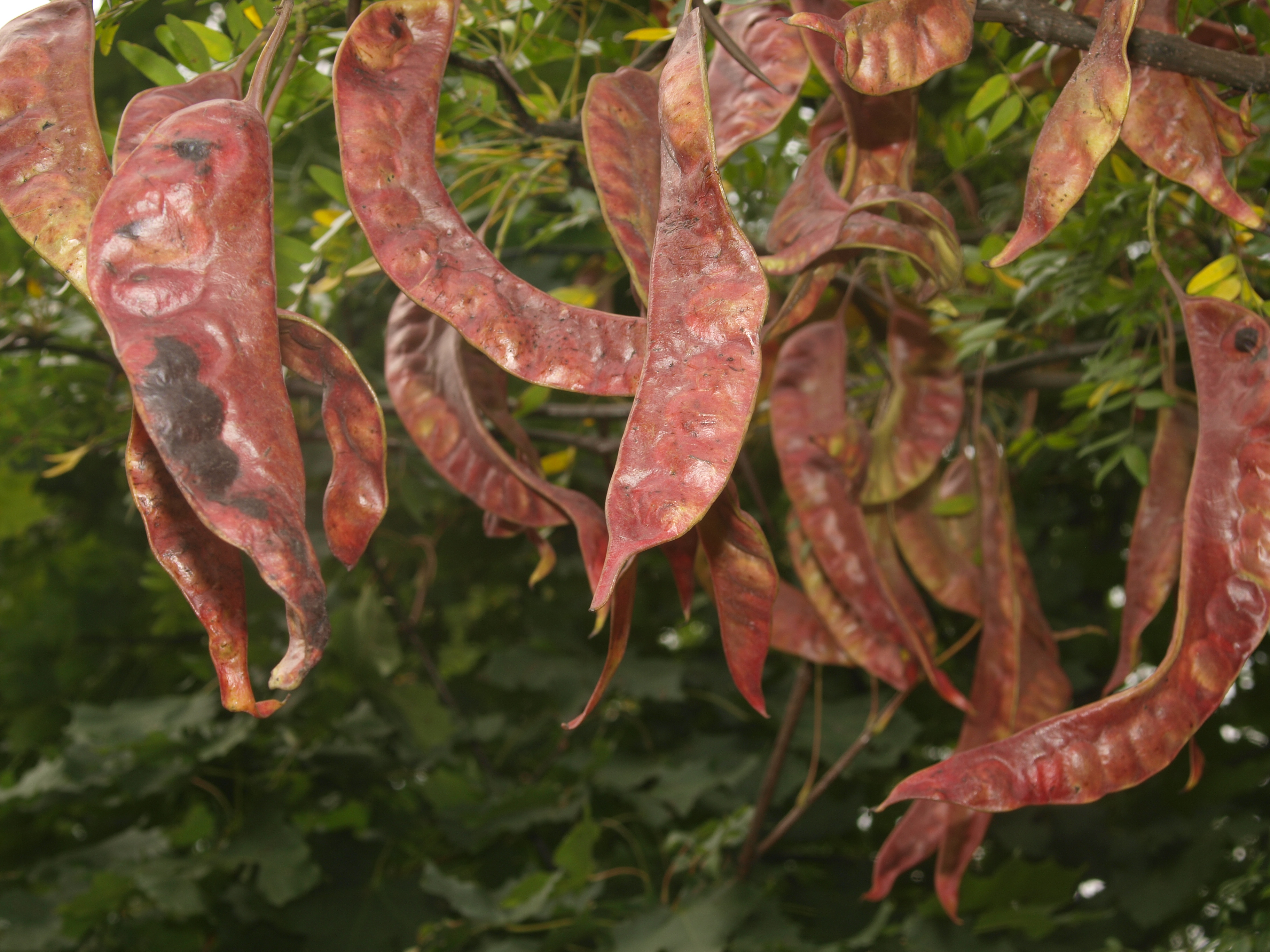
If you live in the Chicago suburbs and have ever taken a walk on the Fermilab hike-and-bike trail along Batavia Road, you’ve probably noticed large trees with long, slender bean pods, which — even after they fall to the ground — are ignored by wildlife. Not that long ago, mammoths, mastodons and giant ground sloths roamed the Fermilab grounds and feasted on these bean pods, along with the fruit of two additional species that still can be found growing on site.
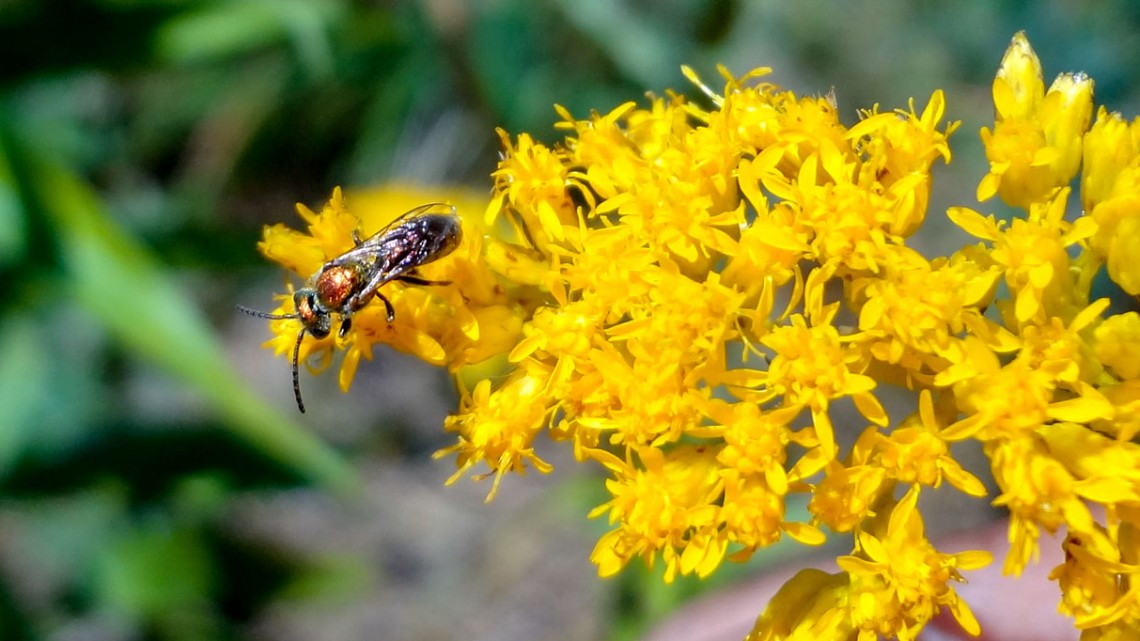
A new Cornell University study on bees, plants and landscapes in upstate New York sheds light on how bee pathogens spread, offering possible clues for what farmers could do to improve bee health.
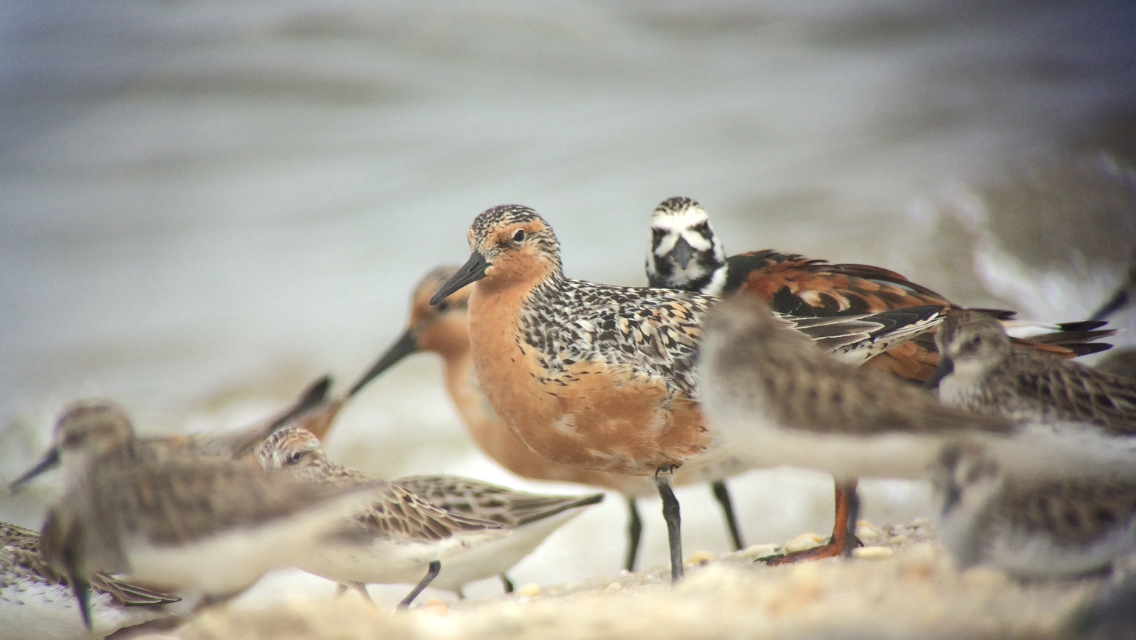
Oyster farming as currently practiced along the Delaware Bayshore does not significantly impact four shorebirds, including the federally threatened red knot, which migrates thousands of miles from Chile annually, according to a Rutgers-led study. The findings, published in the journal Ecosphere, likely apply to other areas around the country including the West Coast and Gulf Coast, where oyster aquaculture is expanding, according to Rutgers experts who say the study can play a key role in identifying and resolving potential conflict between the oyster aquaculture industry and red knot conservation groups.
Florida State University and partner universities investigated current baseline conditions in the southern Gulf of Mexico to create a series of maps and guides that detail the distribution of carbon, nitrogen and the carbon-14 isotope.
New Brunswick, N.J. (May 6, 2020) – Rutgers University–New Brunswick experts are available for interviews on inquiries about the invasive Asian giant hornet (Vespa mandarinia). While media reports have triggered concern over the large pest, there are no reports of…
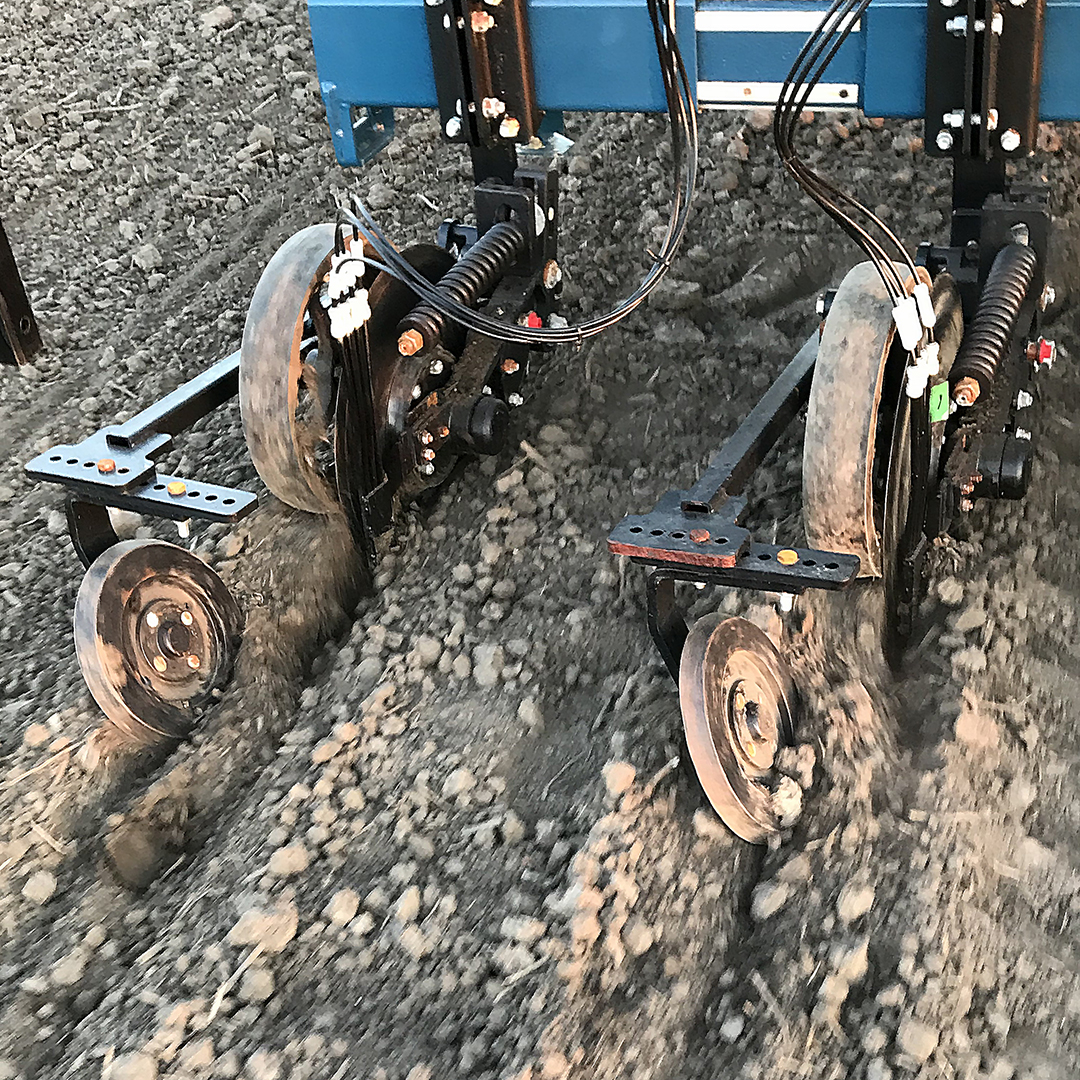
Nutrients are responsible for more than just plant growth.

As April 22 marks the 50th anniversary of Earth Day, the U.S. Department of Energy’s Argonne National Laboratory lists its Top 10 green projects, setting itself as an example of honoring every day as Earth Day.
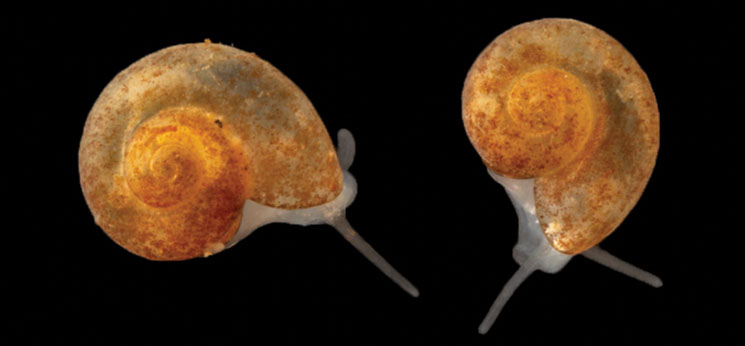
Researchers discovered the Tennessee cavesnail, Antrorbis tennesseensis, in caves near Oak Ridge National Laboratory. The snail measures in at less than 2 millimeters long.

DePaul University ecologist Jalene LaMontagne is among the coauthors of a paper out this week in the journal Trends in Ecology and Evolution that highlights an emerging field: ecological dipoles.

Long-term farm success depends on sustainable practices.
An AI analysis of photographs posted on social media revealed a positive association between nature and happiness globally
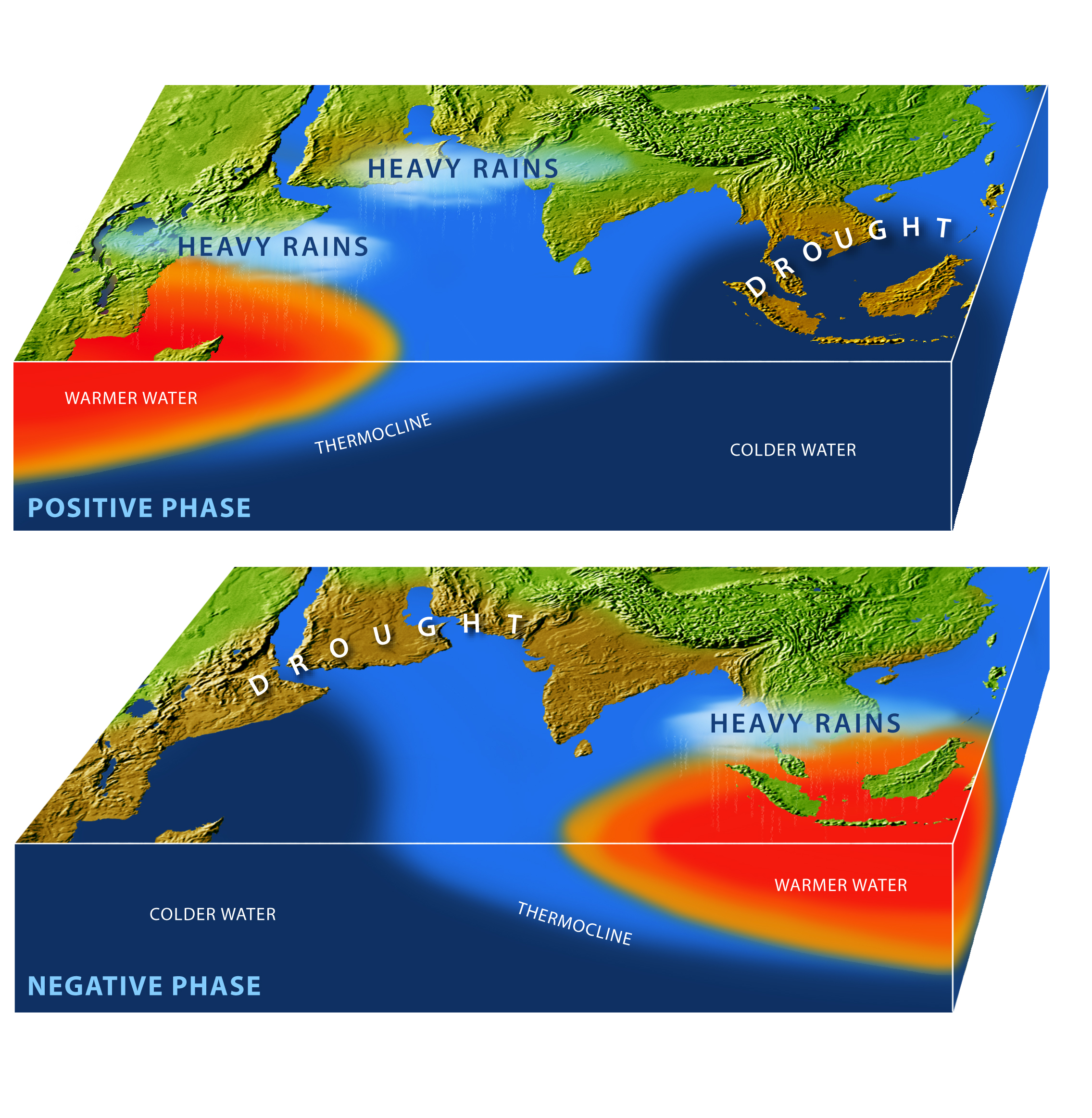
Soon, University of Wisconsin–Madison ecologist Ben Zuckerberg thinks we’ll be able to pull off the same forecasting feat for bird migrations and wildlife populations as for climate forecasts. That’s because just as those recurring changes in climate have predictable consequences for humans, they also have predictable effects on plants and animals.
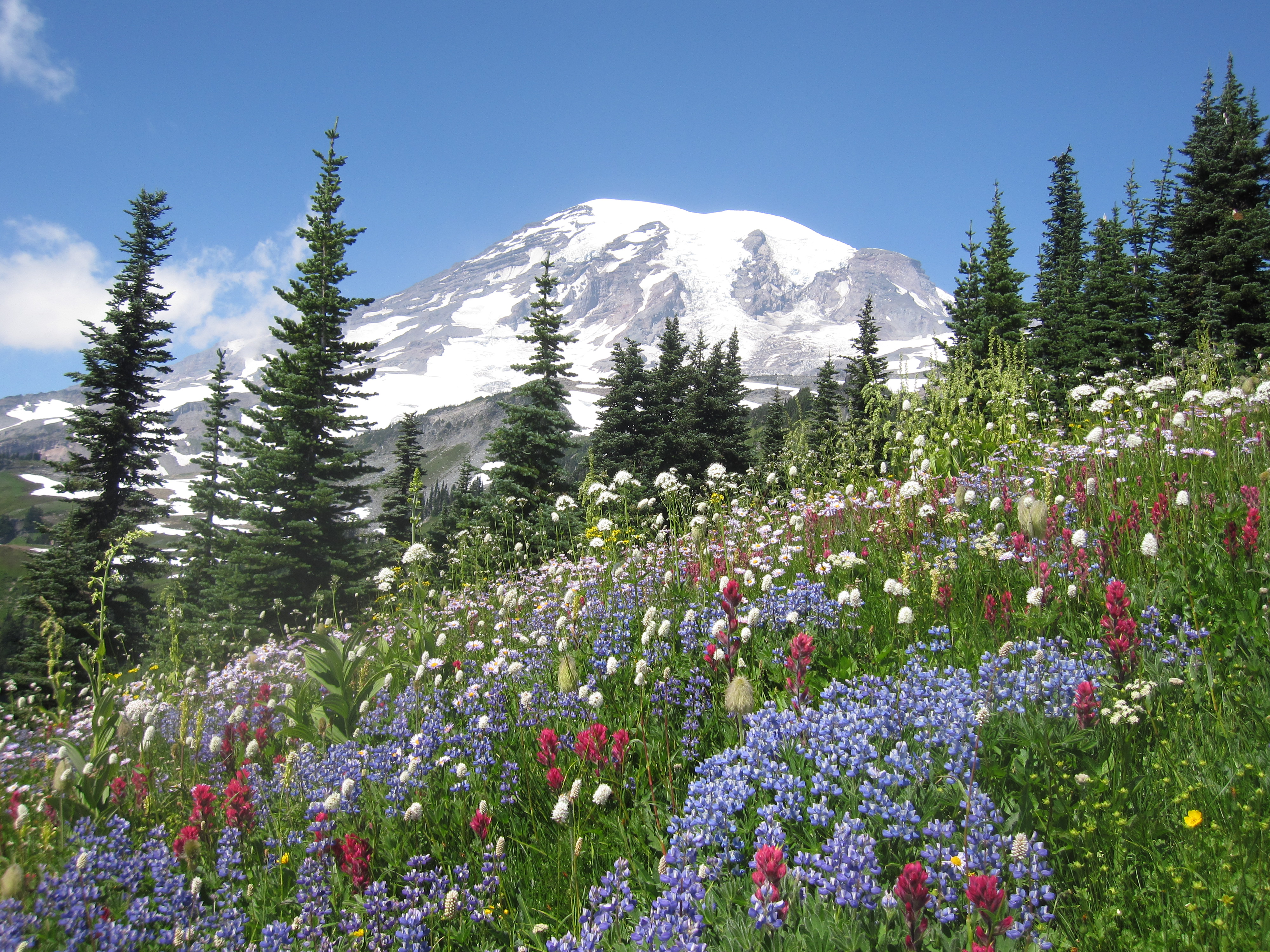
The wildflowers of Mount Rainier’s subalpine meadows, which bloom once the snowpack melts and are a major tourist draw, will melt months earlier by the end of this century due to climate change. New research shows that, under those conditions, many visitors would miss the flowers altogether.
A new study of North American birds from Washington University in St. Louis finds that the regional stability of ecosystems over time depends on both the total number of species present in a locality and on the variation in species identities among localities.
The American chestnut tree was made functionally extinct by an invasive blight fungus in the early 1900s. Work is currently underway to develop a blight-resistant variety through breeding and genetic engineering. With the potential reintroduction of American chestnut in the Eastern United States, SUNY Geneseo assistant professor of geography Stephen Tulowiecki, mapped the historical location of chestnut using land surveyors from 1797–1799. His research appears in the journal Forest Ecology and Management.
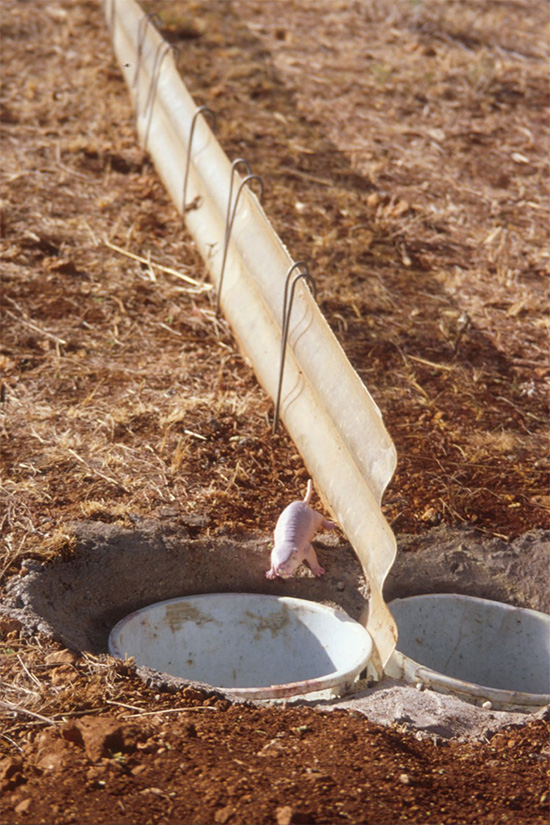
A new study published in the African Journal of Ecology considers the role of the moon in driving a particularly rare occurrence: the solo journey of a naked mole rat from one underground colony to start a new one.
A secret to survival amid rising global temperatures could be dwelling in the tidepools of the U.S. West Coast. Findings by University of California, Irvine biologists studying the genome of an unusual fish residing in those waters offer new possibilities for humans to obtain dietary protein as climate change imperils traditional sources.
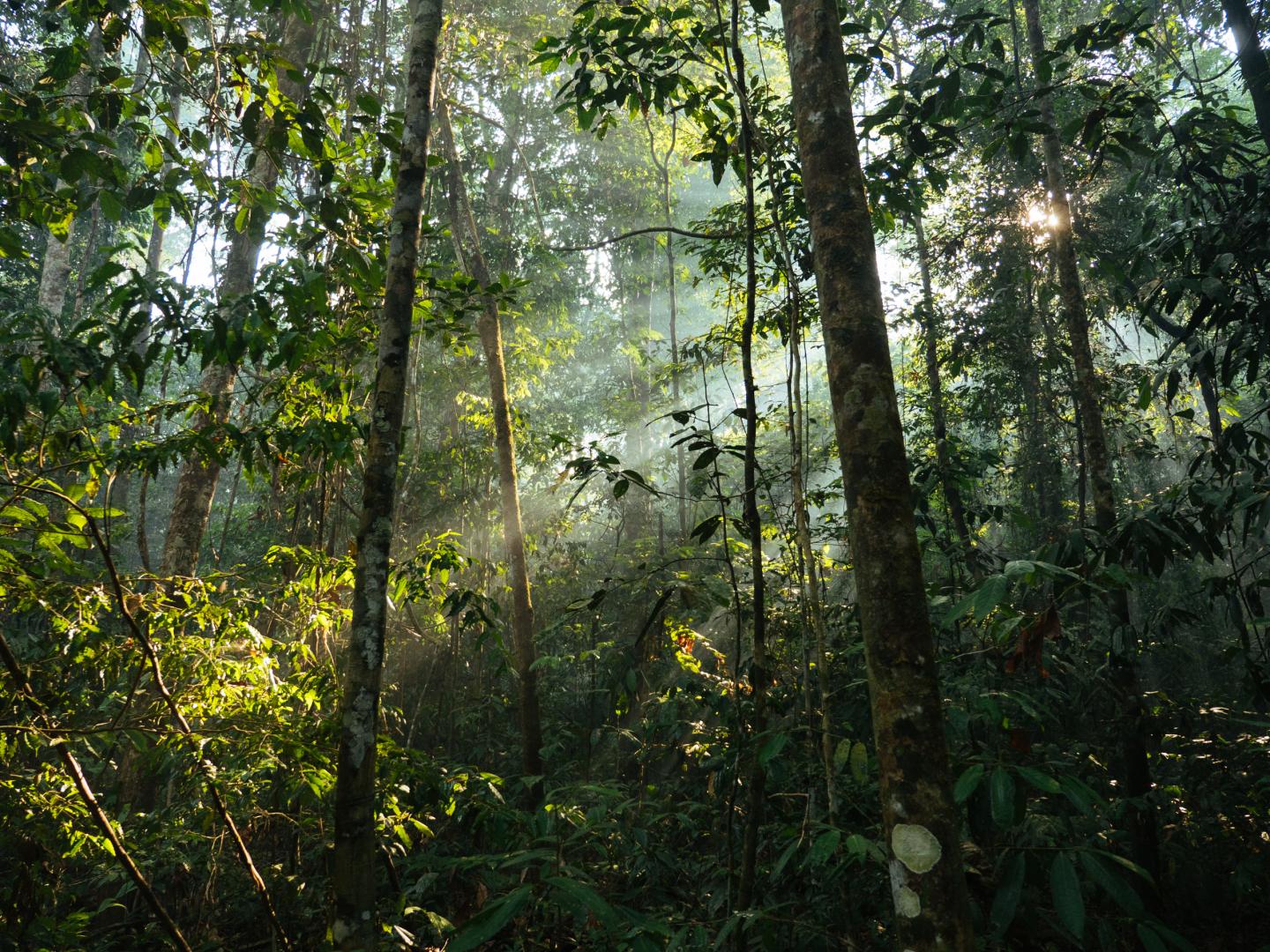
The study looked at areas in the Brazilian Amazon with varying levels of disturbance from activities like logging or burning.
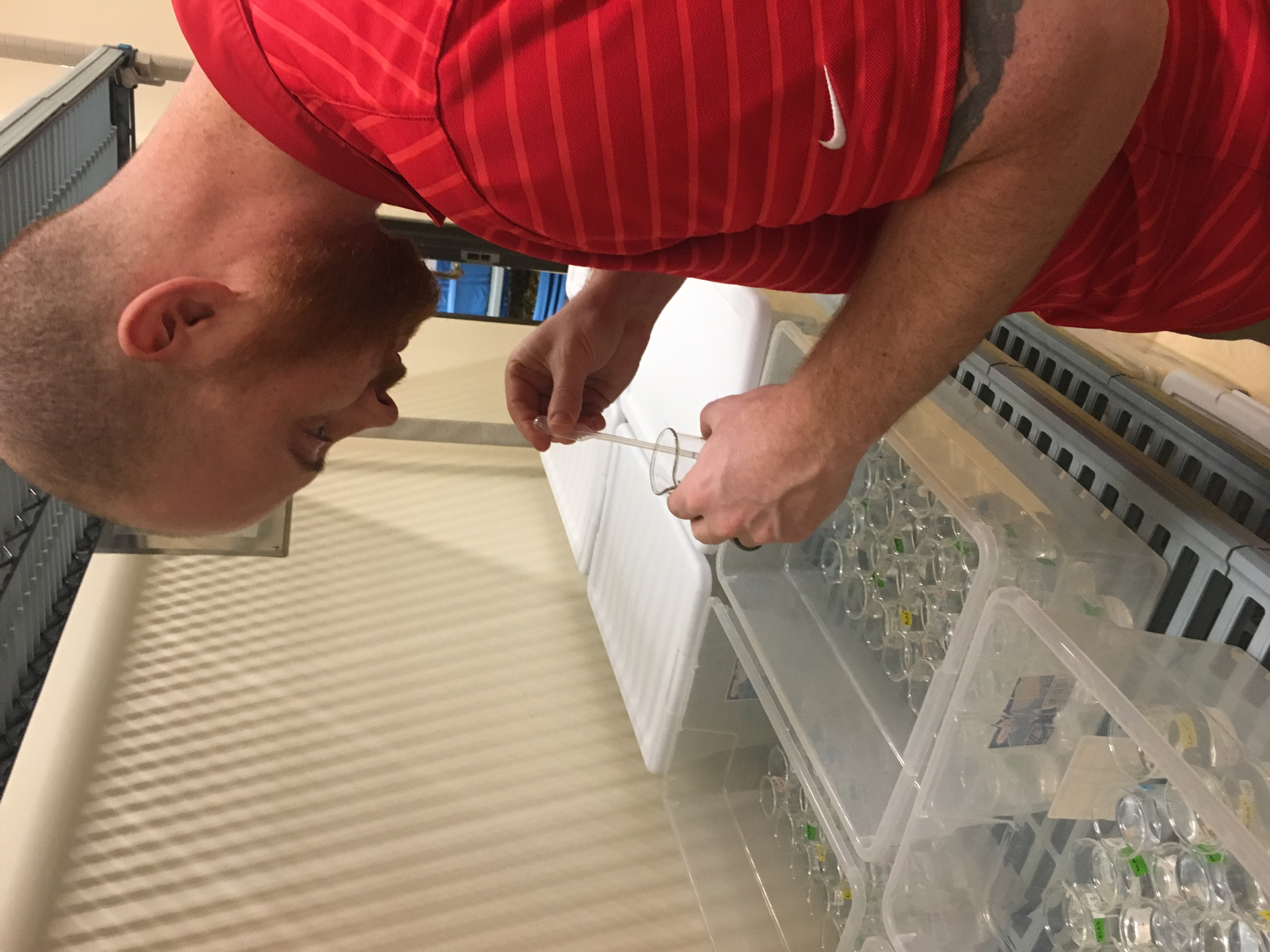
The combined effects of chemical contamination by road salt and invasive species can harm native amphibians, according to researchers at Binghamton University, State University of New York.
Numerous questions remain unanswered as to how the planet’s species will respond to climate change.

Some of the antibiotics we use end up in sewage sludge, together with a variety of antibiotic resistant bacteria present in feces.
Invasive species threaten our nation’s food and water supply, a problem that becomes more serious in light of recent funding cuts out of Washington. Virginia Tech’s Jacob Barney, an expert in the field of invasive plant ecology, has joined a…
A recent study by the University of Kent has called for an increase in scientific surveys and collection of specimens to confirm the extinction of ultra-rare species.
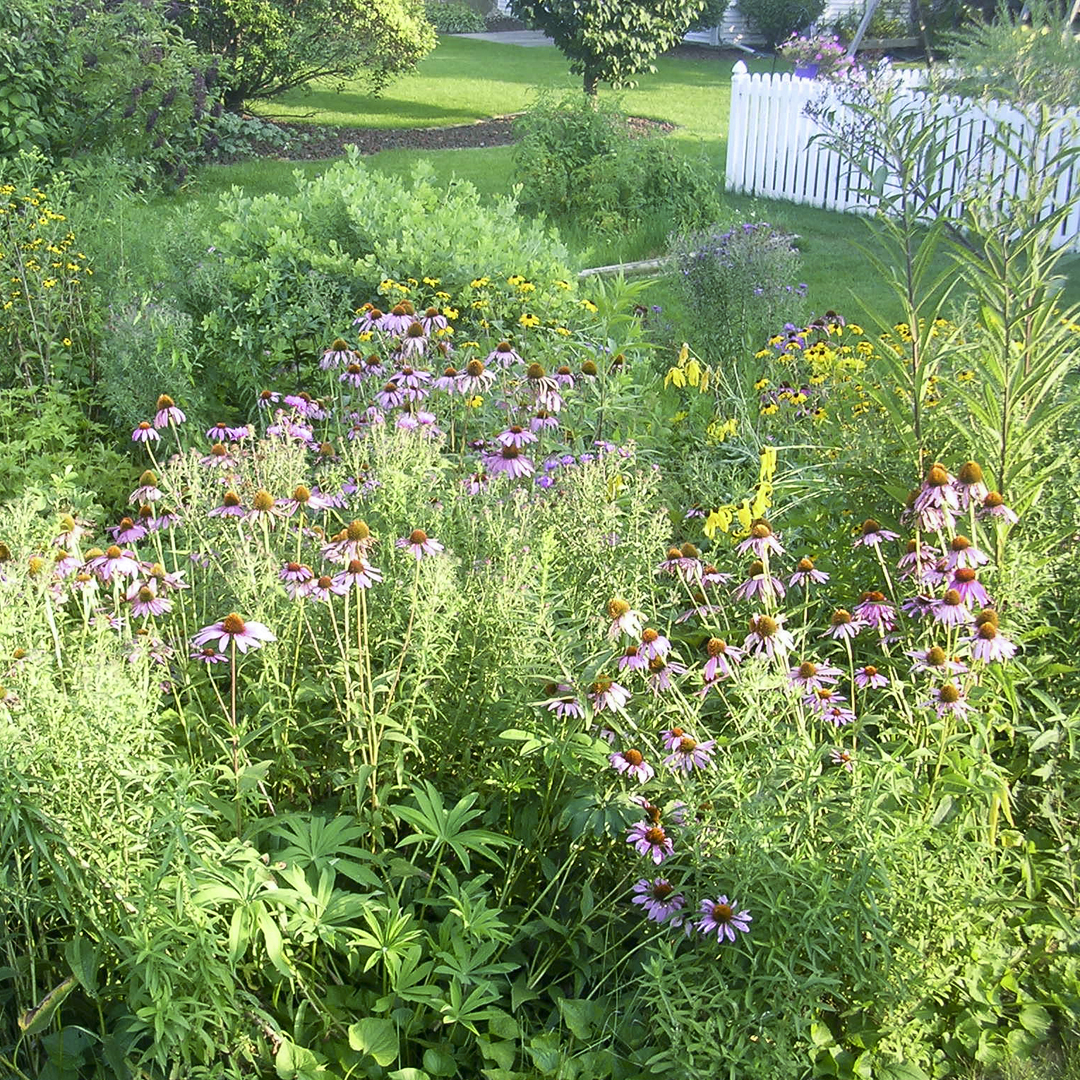
Agricultural advances are primary culprit of the lost prairie
Scientists published the first assessment of the impact that invasive hippos imported by drug lord Pablo Escobar are having on Colombian aquatic ecosystems. The hippos are changing the area’s water quality by importing large amounts of nutrients and organic material from the surrounding landscape.
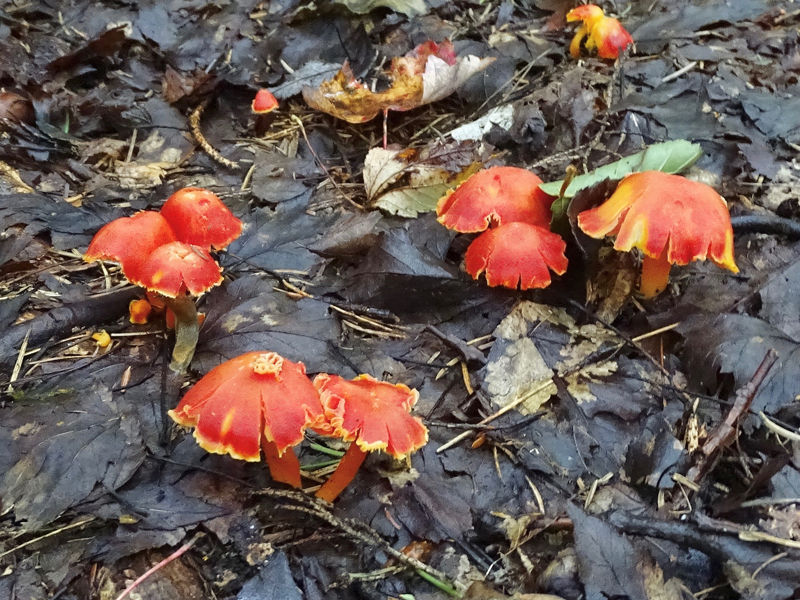
Research shows fungi may slow climate change by storing more carbon
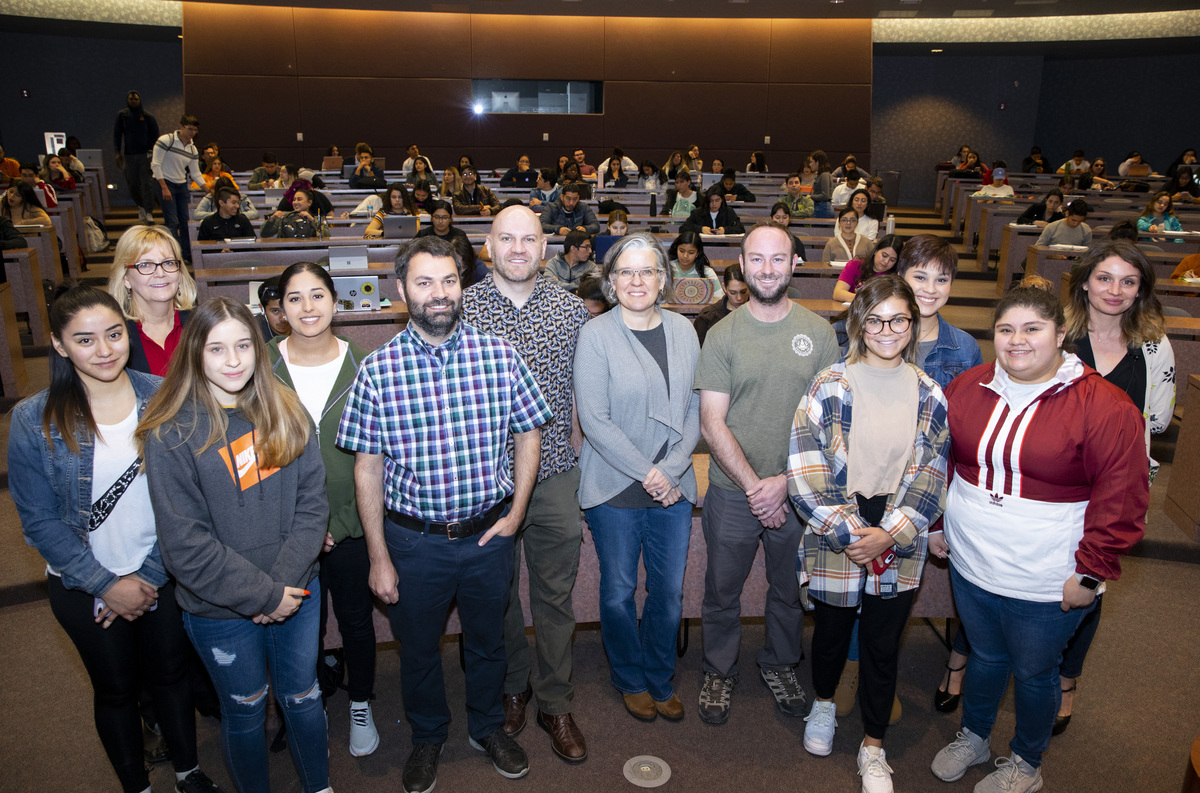
The new degree is the campus’ latest effort in an ongoing mission of providing competitive academic and research opportunities at one of the most reasonable prices for a U.S. top tier university.
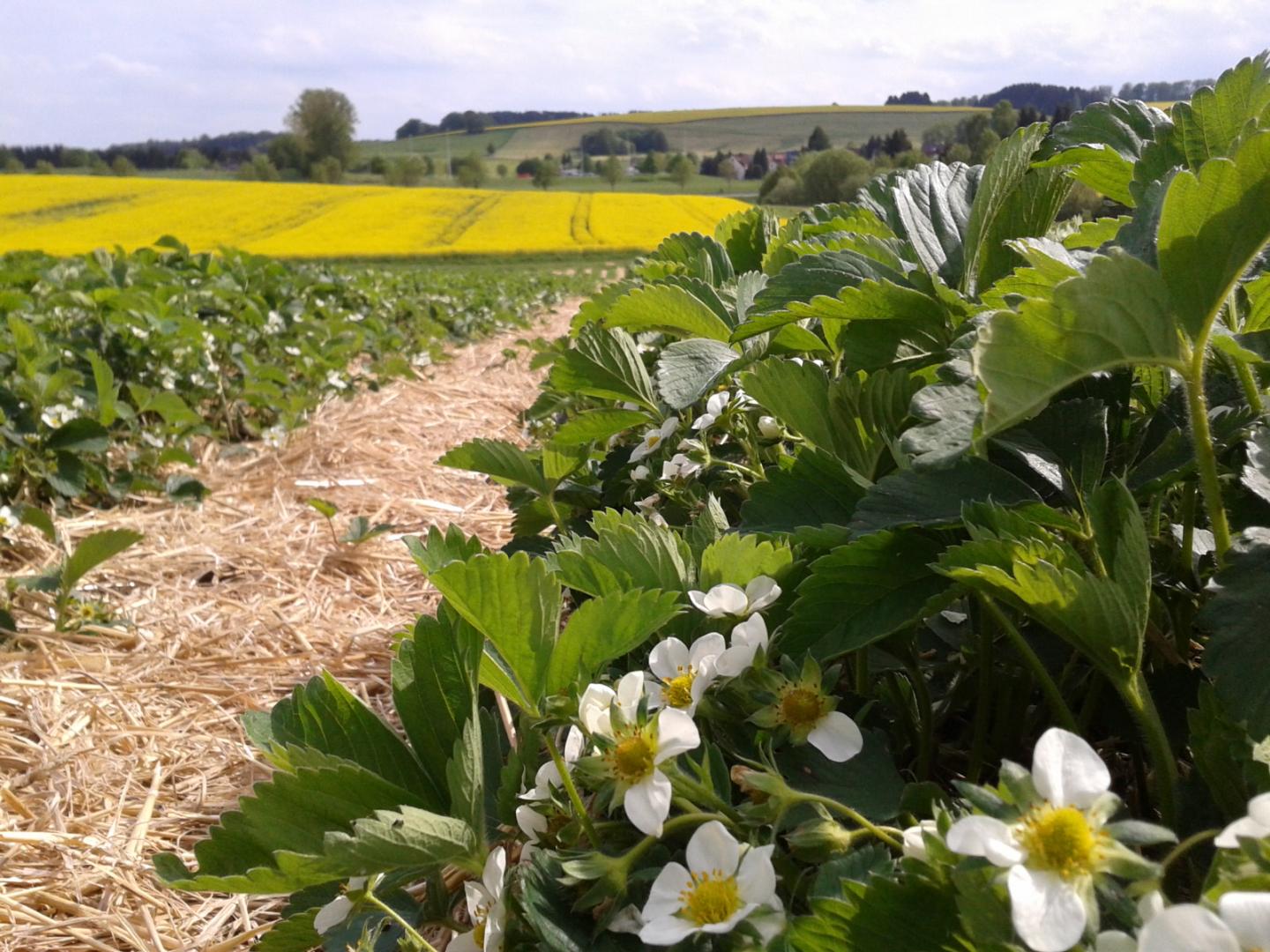
Bees are pollinators of many wild and crop plants, but in many places their diversity and density is declining.